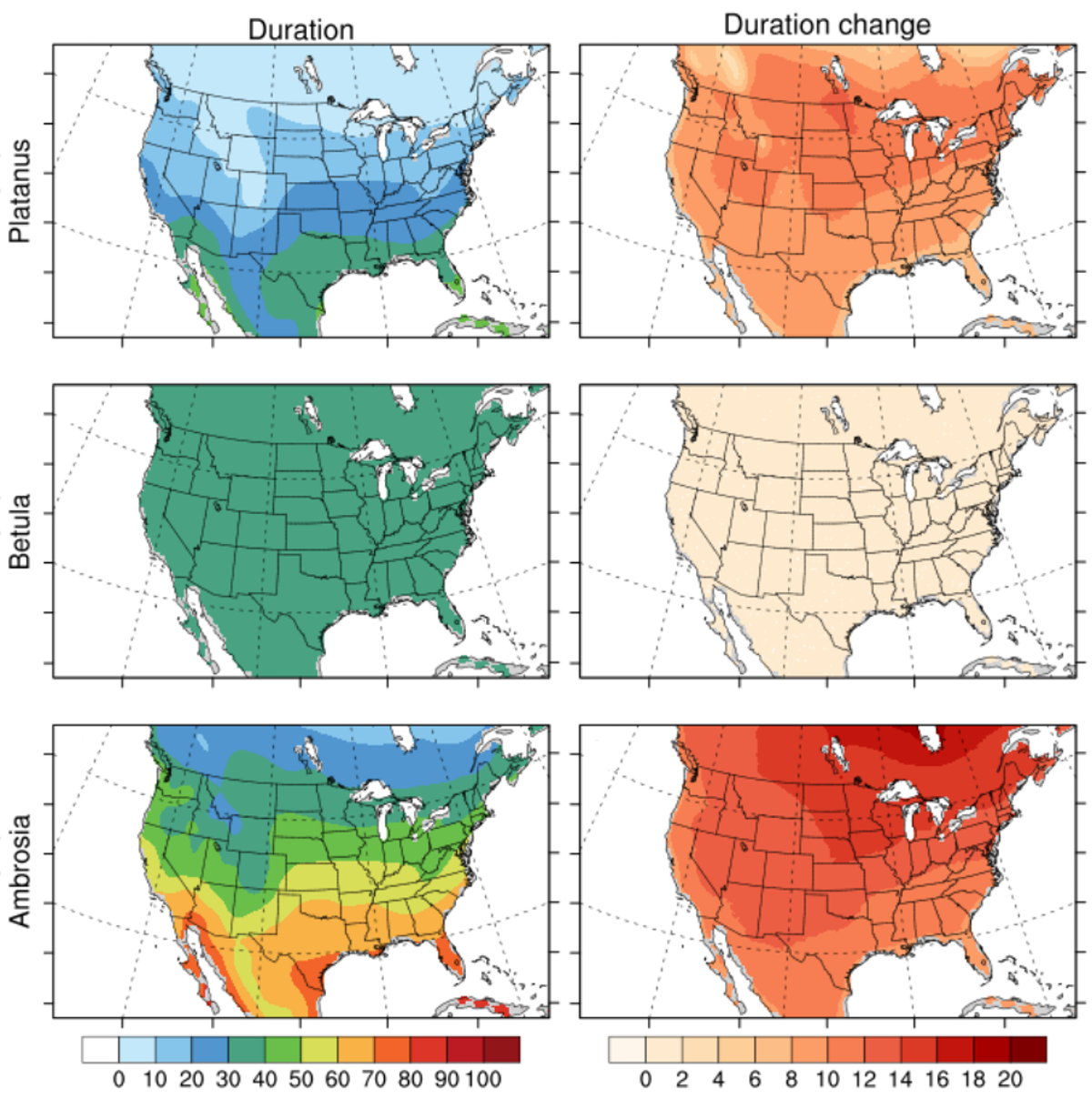Quebec students feel there's 'no future' for them due to religious symbols law, study suggests
Laura Marchand
CBC
A new study looking into how university students feel about Quebec's religious symbols law is painting a bleak picture, with many saying they've lost faith in the province and plan to leave.
The study, completed by researchers from two Montreal-based universities, asked post-secondary students, recent graduates and prospective students about their feelings on Bill 21.
The bill, also known as Quebec's Laicity Act, became law in June 2019. It banned some civil servants, including teachers, police officers and government prosecutors, from wearing religious symbols at work within the province.
The study acknowledged the sample size is "relatively small" — 629 respondents, polled from Oct. 2020 through to Nov. 2021 — and has a "strong possibility of selection bias," as those who feel more strongly about Bill 21 are more likely to have responded to the survey.
However, the authors noted that respondents were "relatively diverse" and attended both French and English institutions from across the province.
Only about 28 per cent of respondents said they wore some form of religious symbol.
"We were expecting a more balanced diversity of responses. We thought we would get more people in favour of the law," said Elizabeth Elbourne, an associate professor of history at McGill and one of the researchers behind the study.
"There's a really interesting generational gap. We were quite struck."
'I have no future in Quebec'
Respondents in Elbourne's study were invited to write-in additional comments. Many said they experienced increased racism since the law was introduced.
"I think that the bill — despite the fact that many people don't mean it this way — in practice, can give permission to discriminate," she said.

© Jay Turnbull/CBC
Elizabeth Elbourne, an associate professor of history at McGill and one of the researchers behind the study, said the existence of the law seems to have led to more discrimination.
Over 34 per cent of respondents — including those who did not wear a religious symbol — reported experiencing increased discrimination since the law was passed. That number jumps to 56.5 per cent for those who do wear religious symbols.
"It used to happen to me occasionally. Now it happens almost every time I go out," said one Université de Montréal student who wears a hijab.
One McGill education student described seeing Bill 21 invoked in the classroom while on a work placement during their studies.
"[I] watched students and the teacher ridicule a Muslim girl for wearing a hijab. The teacher said with Bill 21, you can't dress like that," the respondent wrote. "The girl was mortified and silent and just 11 years old."
Even those outside of law and education, the fields most impacted by the law, reported feeling its effects.
"I have had some job interviews where I could immediately tell that the person lost interest in my application as soon as they saw me with my headscarf," said a Concordia engineering student.
Moving provinces seen as 'only solution'
As a result, 69.5 per cent of the students polled who wear a religious symbol said they were likely to leave the province for work.
"I didn't even get a chance to start my career properly," lamented one McGill education student who wears a hijab.
"The only solution I am strongly considering is to move to another province."
Weeam Ben Rejeb is one of those considering the move. The McGill law student hoped to become a prosecutor, but would be banned due to her hijab.
© Jay Turnbull/CBC
McGill law student Weeam Ben Rejeb first read the study on Tuesday. She is also planning to leave the province to practice, since she would be banned from doing so in Quebec due to her hijab.
"Even though I could practice in the private sector, it's more about what this law is saying about me," she said.
Ben Rejeb described Bill 21 as an "insult," saying it suggested that she wouldn't be able to do her job because of what she chose to wear.
"It's extremely offensive," she said. "We are essentially saying we're not intelligent enough or impartial enough to be able to be neutral judges or teachers."
Can't work with 'clean conscience'
They're not the only ones considering leaving.
Forty-six per cent of the students who don't wear religious symbols said they were also planning to leave Quebec due to Bill 21, saying they don't want to participate in a system that discriminates against their colleagues.
"I refuse to work in a place where my peers cannot or will be punished for expressing themselves," said one education student.
"I don't feel that I can be a teacher here in Quebec and have a clean conscience while doing so," wrote another.
"I chose Canada because I believed their laws aligned with my liberal beliefs," wrote a Concordia law student who does not wear a religious symbol. "Now I am very disappointed and rethinking everything."
Elbourne, the researcher who worked on the study, said she sees the potential exodus of students having a "serious impact" on the province's education system.
"I think it's going to make it harder to recruit teachers. And I also think, if we're looking at the people leaving — are people from the outside going to want to come to Quebec?" Elbourne said.
As for how they feel about Quebec, 70.3 per cent of all respondents said they had a worse perception of the province since the law passed.
"I despise Quebec now," wrote one McGill education student who wears a hijab. "A province which has absolutely no respect for me or my people to the point that they'd like to take my livelihood away deserves no love."
"We're racist af (as f--k)," wrote another.
Some support for Bill 21, survey shows
Not everyone was against the law, however. While the study notes that the "vast majority of people … were critical or divided" on Bill 21, there were also those who supported the measure.
One McGill education student hoped the bill would "encourage all faiths to embrace secular civic life" in Quebec.
"Hopefully we will see a new era in which students are able to attend school without being subjected to symbols of patriarchal religious oppression on their teachers," they wrote.
One McGill law student said their family "escaped" a country that forced women to wear the hjiab. "We are free here," they wrote.
A PhD student in education at McGill said they came from a conservative and religious part of the United States and would like to see something similar there.
"[Bill 21] is a wonderful step towards women's liberation and freedom," they wrote. "I wish my state would pass a similar bill."
Ben Rejeb, the law student, acknowledged that Bill 21 does have widespread support in the province — especially in more rural regions — but questioned why that was.
"If all that you know about Muslims is what you see on TV … then it makes sense why you might have these fears," she said.
Ben Rejeb said that with more education, she believes that most Quebecers would change their minds about supporting the law, though she fears many have already moved on.
"I feel like most of my peers, and Quebec society in general, has kind of forgotten about this and is going on with their lives and not really thinking about it because it doesn't affect them personally," she said.
"All of us who are living in Quebec right now are complicit in allowing this bill to continue to exist."













